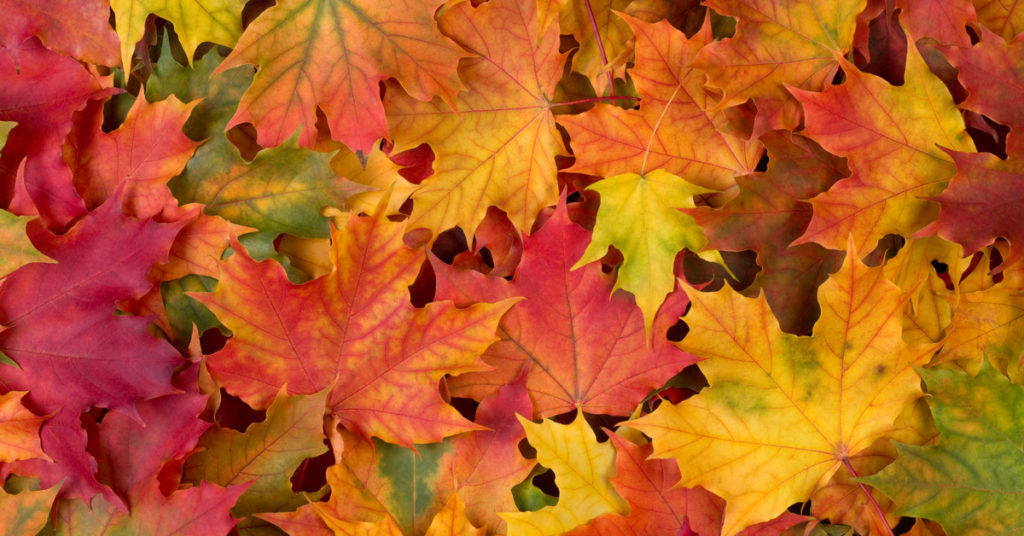
Our beautiful fall leaves provide such a colorful scene for this time of year. It helps determine the colors for our wonderful autumn holidays and events and keeps us decorated vibrantly. So, the key question is, “Why do the leaves change colors in the fall?”
This is not a question with a simple black and white answer. There are many different reasons why the leaves change color and different times when different trees receive a color change to their leaves.
Most importantly the chemicals, or pigments, that exist in the leaves determine the colors they show off. While they are green, the most common color we see throughout the year, leaves are filled with chlorophyll. This is that common chemical we learned about in science class throughout school, most common in all the growth of our plants.
Then, as the temperatures and weather conditions change, we all see our leaves turn from green to bright red, orange, and then yellow. And these are all other chemical pigments that provide us with a sort of art show throughout the fall and into the winter.
So, the four pigments… First, we already know of chlorophyll that runs throughout the summer with warm weather and plenty of sun. With the warm, sunny weather, photosynthesis and chlorophyll keep those beautiful, crisp, green leaves.
Then, our days grow shorter as we enter fall. And, we all know that the weather becomes cooler. As the transition of colors occurs, the different chemicals in our leaves provide that rainbow-ish, painting-like vision outside our windows. The leaves make use of xanthophylls for yellow, carotenoids to show oranges, and anthocyanins to show those bright reds.
As these slowly move through their color changes, chlorophyll is completely toward our entrance to winter. Then, the leaves fall completely and we are left with the job of raking!










